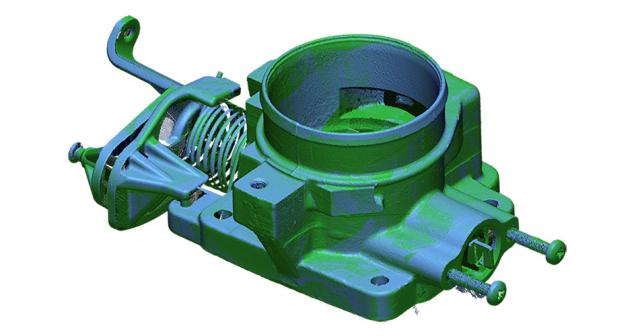PCMag reviews products, but we may earn affiliate commissions from buying links on this page.you can do anything online. You can even give your car an extra 20 horsepower. If you have the right car and the right internet connection, almost anything is possible, including remote diagnostics, performance enhancements, and service.cars today have dozens of microprocessors. Some have utterly mundane jobs, such as controlling the speed of the windshield wipers or remembering your seat position. Othersthe airbag controller, for instancecould save your life in an emergency.
The engine control unit (ecu), by contrast, monitors more variables than a florida weatherman with two hurricanes off the coast. The ecu looks at air and engine temperatures, air pressure, airflow, engine speed, vehicle speed, throttle position, flywheel rotation, and other variables. It also continually recalculates the rate of change of many of these variables to see whether you're speeding up, slowing down, or driving at a steady speed. It then determines the precise amount of gasoline, spark advance, and other controllable factors that will give you the most performance or the best economywithin the engineers' design envelope.an engine is a pump. To get more out of it, you reduce the intake and exhaust restrictions to get more air into it.
Carburetor Jetting Guide
Then you can add more fuel to get more power. Back in the bad old days of carburetors, we used to drill out the jets, small brass inserts with holes that metered the gasoline dispensed to the primary and secondary barrelscrude but effective.then came fuel injection, and there were no more jets to drill but a rather stupid, analog, purpose-built computer that monitored a few variables and metered fuel accordingly. The early ones were in sealed cans, so there was no way to hack the programming. But you could lie to the computer and indicate, for example, that the engine was colder than it really was, and the computer would obligingly provide more fuel. I spent numerous evenings with my heathkit oscilloscope balanced on the fender of my early bmw 530i, measuring the pulse width on the fuel injectors as i messed with the resistors and sensors.engine management computers eventually went digital, as microcontrollers became absurdly inexpensive and allowed easy reprogramming and far more input variables than could be handled by analog computers. Since the microcontrollers were rugged variants of standard, off-the-shelf parts, it didn't take long for tuners to disassemble the management program and analyze the variables.
Thus began the era (which continues) of 'chipping' carsproviding new performance levels by swapping the factory's read-only memory for an eprom (erasable programmable read-only memory) or installing a socket on the processor bus so that a high-performance program could be substituted for the factory program at will. Laptop computers live right alongside socket wrenches in the pits, as race crews fine-tune fuel-injection and spark-advance curves.in 1997, auto manufacturers standardized an on-board diagnostics interface, obd ii, which provided direct access to readable areas of the engine control unit, and manufacturers adopted flash rom.
Suddenly it was open season on the ecu, as tuners found ways to hack into the system. The state of the art today is amazing, especially on turbocharged cars. Turbos are well suited to a programmed soup-up, because the boost pressure is under computer control. So instead of a 5- to 7-horsepower gain, 25 horsepower or more may be on tap. That's a difference you can really feel.no one is capitalizing on the boom more than alabama-based audi performance & racing (apr), which has focused on audi, porsche, and volkswagen upgrades. The procedure is all but instantaneous: connect a laptop with apr's software to the obd ii port and press a key. Apr's top-of-the-line product loads the ecu with four different performance profiles, which you can select via the cruise control buttons.

A competitor, revo, keeps its software in a remote-control-like device. You press the button for the program you want, plug it into the obd ii port, and wait for the beep. Both solutions include lockout codes, low-power valet modes, and antitheft modes, among other features.the question, of course, is why manufacturers don't provide more of this flexibility. Valet mode is great; why not a teenager mode, too? Fortunately, we can rely on the aftermarket to fill in the blanks.discuss this article in the forums.